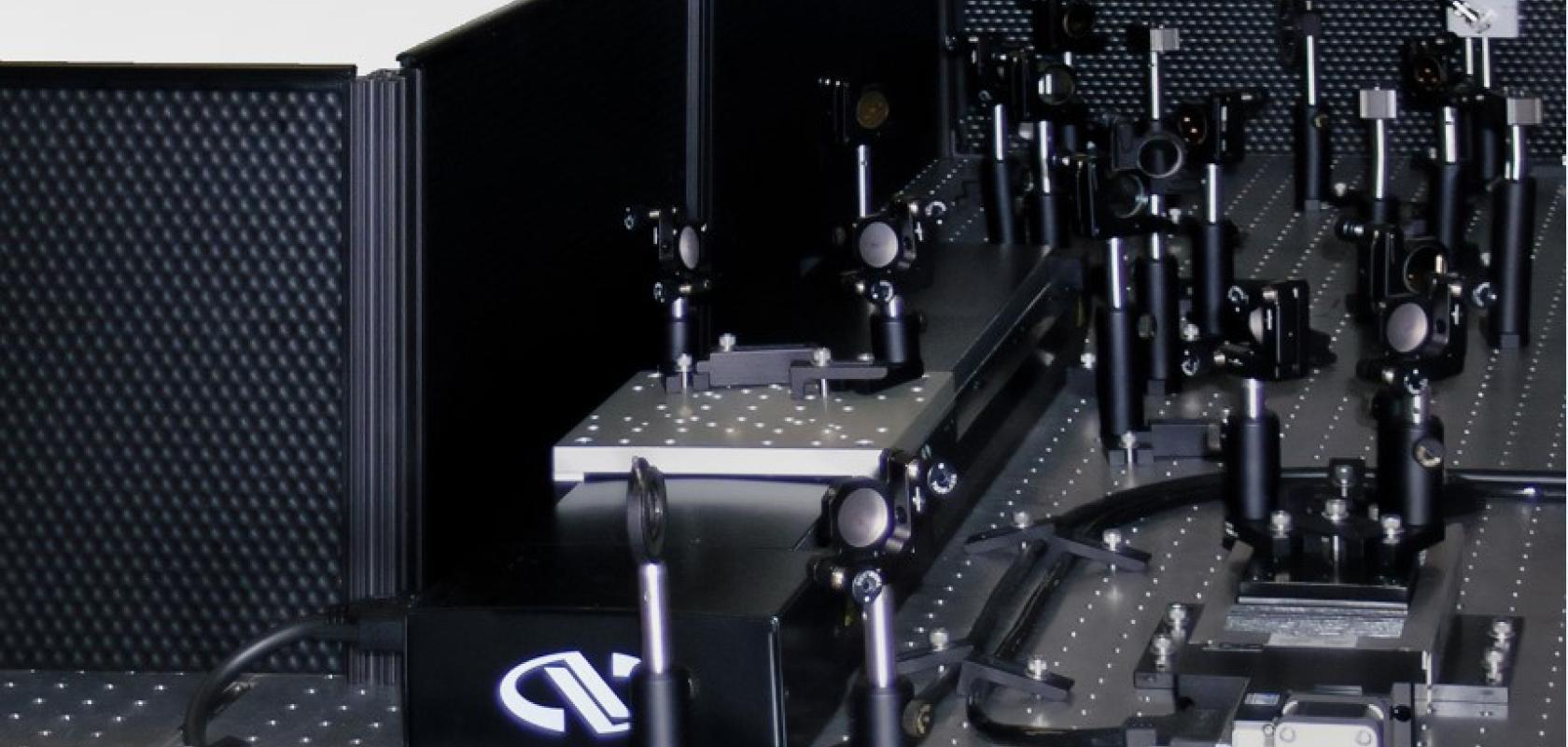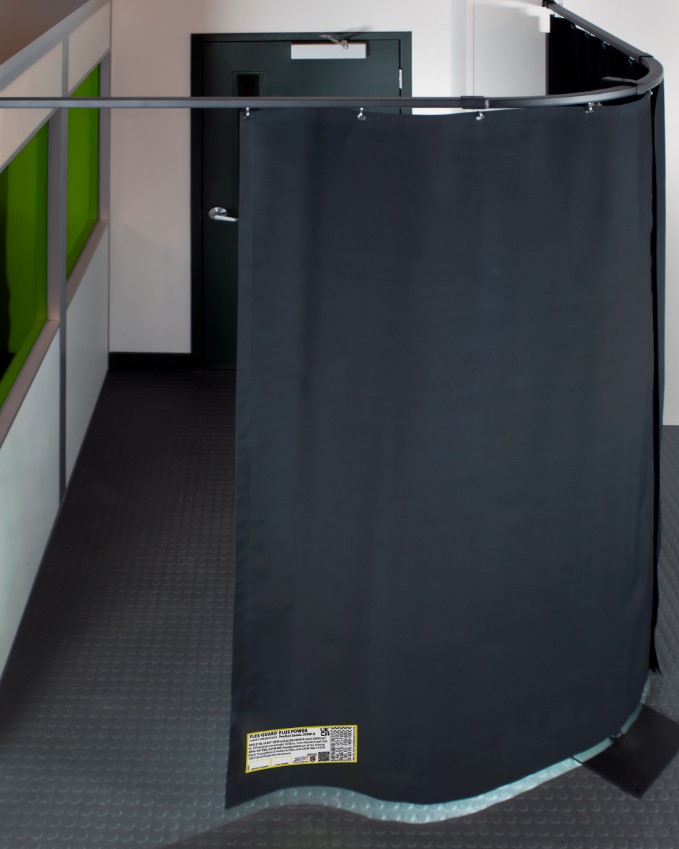In today’s advanced technology-driven world, lasers play a vital role in various industries, including research, manufacturing, and industrial applications. While lasers offer significant benefits, it is critical to acknowledge the potential hazards they pose and prioritise laser safety. Production engineers, mechanical engineers, production supervisors, safety officers, and researchers working in university or research setups, as well as industrial environments, need to understand the importance of safety measures and the need for barriers to protect personnel from harmful laser radiation.
Understanding laser safety hazards
As professionals working with lasers, it is crucial to be aware of the hazards associated with laser beams. The intense, focused beams of laser radiation could potentially cause severe eye injuries and skin burns even with brief exposure. Direct contact with the laser beam could even lead to irreversible damage to the eyes, including retinal burns and permanent vision impairment. In addition, accidental reflections or scattering of laser beams can pose risks to individuals working nearby, even outside the immediate lasercontrolled area.
To ensure a secure laser set-up, several safety measures must be implemented. These include providing proper training for personnel, limiting access to laser-controlled areas, enforcing the use of personal protective equipment (PPE), and importantly, using safety barriers.
The role of barriers in laser safety
Safety barriers play a vital role in preventing accidental exposure to laser radiation, making them indispensable in research and industrial environments. They act as a physical boundary between the laser source and personnel, reducing the risk of direct contact with the laser beam.
According to Tom MacMullin, CEO and President at Kentek, a company currently celebrating its 40th year as a global expert in laser safety equipment, there are three key principles when it comes to laser safety. The first surrounds concealing the laser beam. MacMullin says: “If a person were to take one or two steps into a laser environment, for whatever reason, safe or unsafe, they should not be able to see the source of the laser beam.”
This rule underscores the significance of concealing the laser beam to minimise accidental exposure. By adopting this principle, the set-up for barriers becomes evident, ensuring enhanced laser safety.
To comply with this, MacMullin advises constructing a vestibule around the laser-controlled area, especially near doorways. He says: “You might want to combine that vestibule with some sort of room control or room entry system. But at a minimum, the vestibule itself, with appropriate warning signs, would give somebody a chance to anticipate and react to a potentially hazardous position.” The second rule is that when possible the beam should point down. Says MacMullin: “This rule of thumb is pretty natural for experienced laser people, but it’s still important to remember to be aware of the path of the laser beam. That can become more problematic with fibre-delivered industrial welding systems. Also, in a university or research environment, the beam is almost always parallel to the table or bench. But if you understand this guideline, then you’re going to take care even in the processes that you use, when you’re using a fibre delivered beam system or any other system for that matter. The pointing down rule tells you ‘be careful!’ If you can’t see the beam, you need to pay attention to what’s around you.”
His recommendation here is to use barriers such as shutters, beam dumps or beam traps to control the direction of the laser beam. He says: “There are instances where you need to contain a beam that might not be active in a process, for example when it’s time to adjust the optics, but you don’t want to turn the laser off. In this case, you would turn the beam with mirrors or similar into a beam dump or a beam trap. And technically, that’s a barrier. There are some barrier devices that help you to keep control of the direction of the beam, or at least add controls when you’ve got a change in direction.”
Rule number three is that a laser beam should never be at head or eye level. MacMullin says: “In many environments, especially in research, the laser beam actually travels horizontally in a defined enclosed area. But we often find that workstations are set up in the periphery of those environments, so if something should happen and the beam gets off the table, it’s going to go around the room at basically head height. If you’re sitting at a desk, you’re at the same height as your optical table.”
With this rule, the advice is to carefully think about whether the optical table should be surrounded. One solution would be to ensure that desks are higher by, for example, providing standing desks. When it comes to safety equipment, MacMullin advises: “The notion of not having beams at head height, especially in the university environment, suggests that you should put some kind of surround on the optical table. There are a number of products from Kentek and others that provide what’s basically like a hockey rink, if you will, building a curbstone around the beam area, preferably, at or above what head height might be for anybody working in adjacent areas.”
Learn from laser safety experience
MacMullin, and indeed the team at Kentek, are well placed to advise. Founded in 1983, the company now has a 45-member team, including technically trained sales and product staff with a huge amount of experience in laser safety. Based in New Hampshire, the company serves about 50 countries, and has a network of knowledgeable distributors throughout the world.
MacMullin says: “I think Kentek has a very practical solution-oriented mindset, based on our employees’ many years of experience. My team is very well tenured, with the product management people averaging probably 15 years or more with Kentek, and additional experience beyond that. We serve on appropriate committees, so that we’re knowledgeable about the standards. We very rigorously test everything from a laser safety point of view, and that includes what you might expect for optical density or laser damage thresholds, but also for other environmental considerations, for example, fire retardants, heat resistance, electrostatic dissipation, chemical or composition hazards. So we’re evaluating all of our products against multiple standards, even beyond what some of the regulations require. The reason we do that is we’ve been asked over time by many of our customers some very specific questions. As we learn with our customers, we embed new knowledge into our products, sharing this experience with our customer base in the products themselves and through the documentation that we provide.”
Find out more about laser safety barriers



